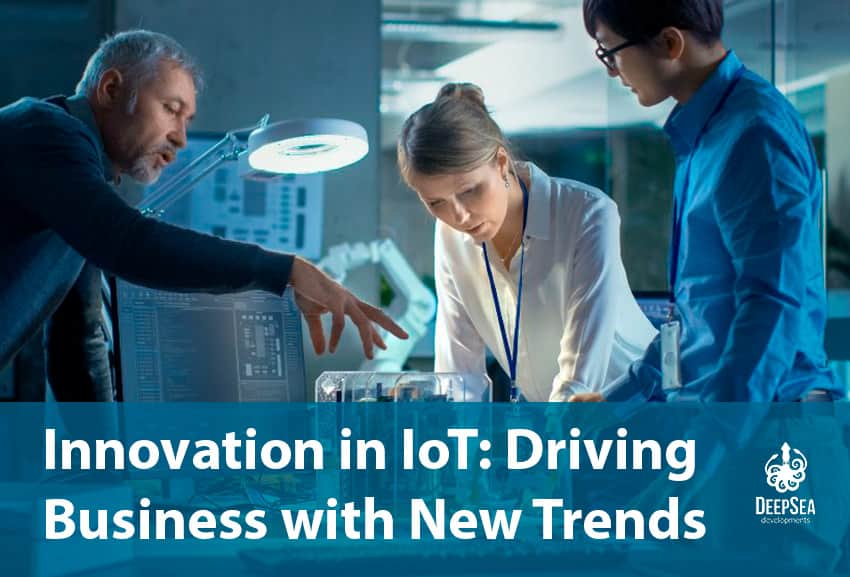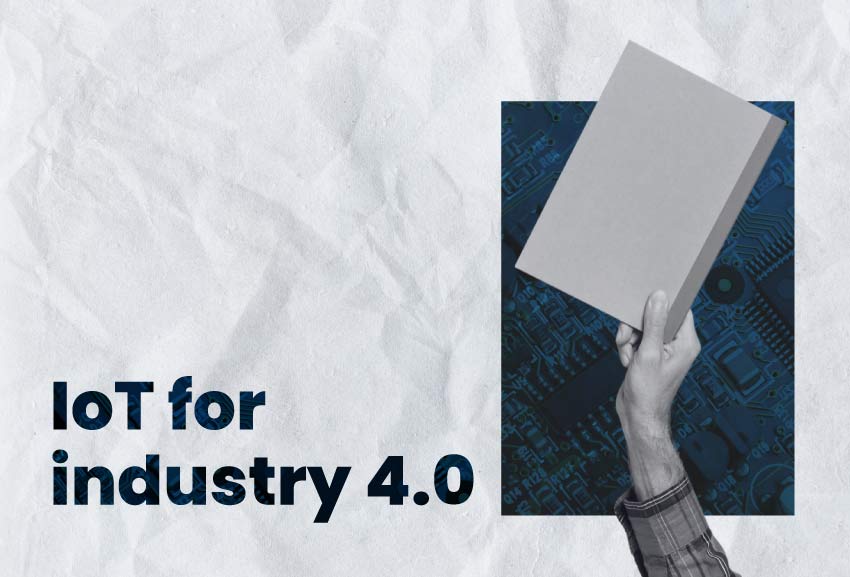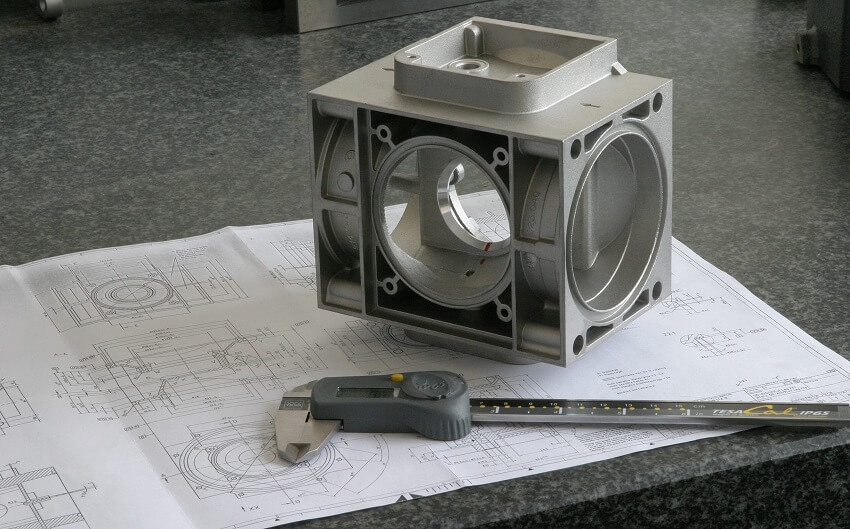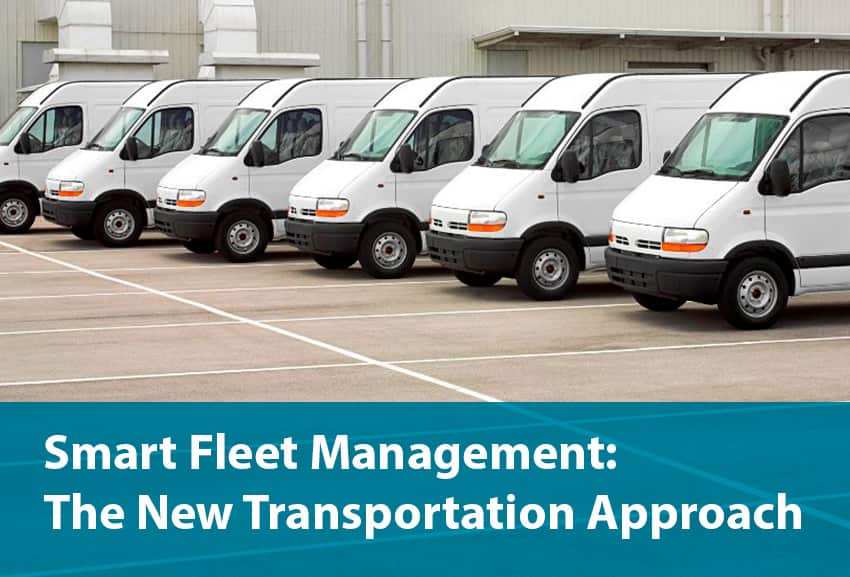Technology is advancing at a fast pace, and thanks to the importance of IoT in different sectors, businesses are starting to evaluate new trends that may generate a big impact in the upcoming years. If you are curious about innovation in IoT, this is the right article for you.
Let’s explore the IoT innovations that are becoming most popular nowadays, and which will be responsible for driving business to building new products and adopting business models.
1. Artificial intelligence and IoT
IoT devices are increasingly incorporating AI and machine learning capabilities for advanced data analysis. This allows devices to make autonomous decisions and predictions, making IoT systems more intelligent and responsive.
Though this sounds “easy to implement”, the truth is that this is a market that is just starting to take off. Besides AI, it is necessary to implement better cloud computing services that can process data quickly and provide reliable results (see IoT in cloud computing example) to the users in real time.
This is specially useful for predictive analytics that can be carried out in IoT fleet management. Logistics companies need to act quickly during their daily operations when any potential issue affects the route planning and delivery routes.
AI also can be a great ally for proposing better routes according to real time traffic, weather conditions, and truck performance; by relying on a good IoT fleet tracking system.
Now, this is just one of the many possibilities that can be achieved with the help of AI. For instance, in the chain supply industry, AI could benefit from IoT sensors to identify and alert managers what products are defective, or not stored properly.
2. Security and privacy of data
Blockchain technology is being explored for enhancing IoT security. It can provide secure and transparent transactions, making it more challenging for hackers to compromise IoT networks.
IoT innovation is necessary in this area for ensuring a higher adoption of IoT technologies. Since every day companies and new users share personal data in these devices, it is mandatory to look for robust Internet of Things ecosystems, and stable embedded programming languages that integrate with ease with blockchain technology.
If you are interested in developing strong and secure Internet of Things products, think about the best programming languages for such task:
A crucial aspect that may increase security of the devices is edge computing. This involves processing data closer to where it’s generated, reducing latency and the need to transmit data to centralized cloud servers.
A great IoT innovation would be the capacity of the device to process data on the edge instead of transmitting it to a cloud server. This is really useful for companies that need to count on devices that can perform actions in real time to prevent accidents or to deliver outstanding results.
Another sector where edge computing is necessary has to do with autonomous vehicles, which need to react in a matter of seconds when a potential accident may happen on the road.
3. More accurate medical IoT devices and wearables
IoT is making significant changes in the healthcare industry, enabling remote patient monitoring, medication adherence tracking, and the development of smart medical devices for better patient care.
Innovation in IoT for this aspect looks forward to providing more accurate information on a patient’s health status, and even being able to predict when heart attacks may occur or dangerous affectations in the vital signs of the patients.
4. Higher speed in connectivity
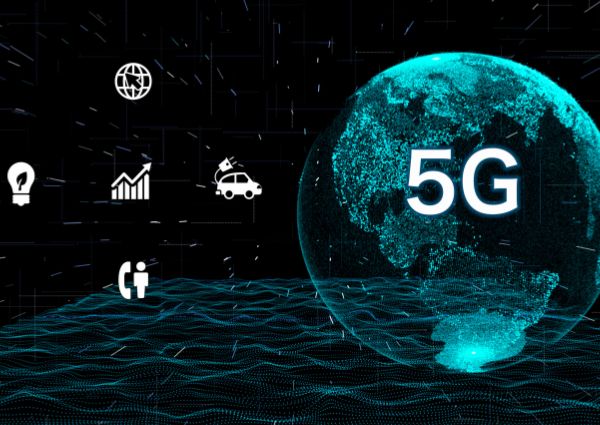
The right connectivity infrastructure is essential for catching up with the IoT innovations. People love when new products offer higher speed connectivity, which is translated into faster changes in how a device works, and the tasks it can perform.
The protagonists here are 5G connectivity, wifi 7, and LPWAN. 5G IoT offers significantly faster speeds, lower latency, and the ability to connect a massive number of IoT devices simultaneously. This opens up new possibilities for real-time data processing and applications.
5G networks are well-suited for a wide range of IoT use cases, from smart cities to autonomous vehicles.
WiFi 7 will be released in 2024, this generation will be way faster than WiFi 6. The introduction of WiFi 7 promises to be a game-changer. This next-generation wireless technology is set to revolutionize how we experience the internet, making it faster and more stable for a multitude of devices on a single network.
Finally, LPWAN (Low-power wide-area network) technology is emerging as a cost-effective solution for connecting IoT devices with low-bandwidth requirements over vast areas.
The great thing about LPWAN lies in its ability to facilitate communication among IoT devices on a machine-to-machine basis. Since LPWAN is energy-efficient, this technology is perfect for applications such as agricultural monitoring, environmental sensing, and supply chain management.
5. IoT innovation in smart homes
The adoption of smart home devices continues to grow, and people are more aware of energy savings, the importance of security, and the potential integration of AI applications for making household tasks easier.
Imagine being able to harvest energy to make your smart home more sustainable. These devices could generate power from sources like solar light, heat, or motion, reducing the need for batteries or traditional electrical sources.
It is possible to integrate in the future more advanced AI assistants that could help homeowners in daily activities. Something like planning new meals, or assistance in planning the next family vacation.
Finally, through facial recognition, homes will become more secure, which will only grant access to authorized users while protecting against unauthorized entry.
6. IoT innovation in retail industry
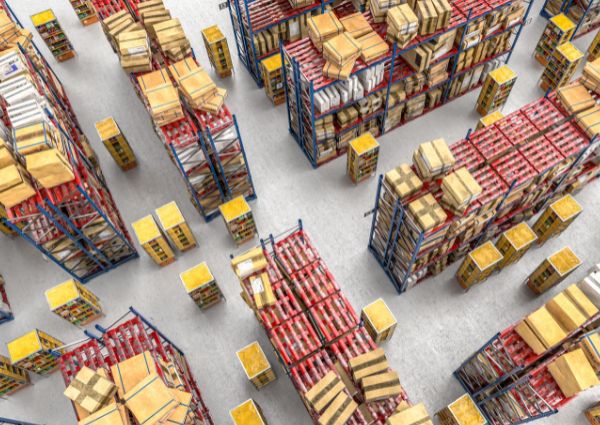
In the retail sector, IoT will enhance inventory management, personalized marketing, and the overall customer shopping experience.
New trends are leading the market to offer more intimate experiences, which are tailored to the specific needs of each customer. This innovation in IoT requires a great alignment between the retail stores and the final consumers.
How can this be done? Through offering a complete experience, from the first time the customer buys a product, there will be a connection to his wearable, or home assistant, which will be able to monitor how long the product takes to arrive at its final destination.
Besides, there must be a good IoT monitoring dashboard that is AI powered. With the help of advanced algorithms, retailers can predict when the user will need to buy the same product again, and contact them at the right time.
How to ensure a good innovation in IoT
Rapid prototyping methods are very popular nowadays for testing and validating new product ideas. Startups and entrepreneurs need to work carefully on this process to ensure a reliable IoT device when it comes to final manufacturing.
However, there may be others that need to innovate on their products (See how to update IoT devices). This is not an easy process, since several elements may be needed for updating the device, the firmware, and the PCB design (see PCB benefits).
No matter the case in which you are right now, look for a reliable hardware development and firmware company that has experience in designing and developing cutting edge products.
For instance, if you need a prototype company in california, you can count on DeepSea Developments for helping you take your IoT product to the next level. Our engineering team has the expertise to take both innovation and IoT and mix them together to deliver a great solution that generates impact and transformation. Click on the button below to book a free consultation with us.

